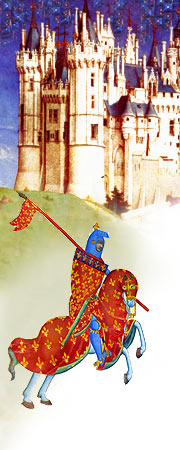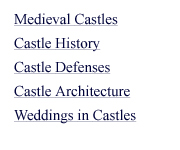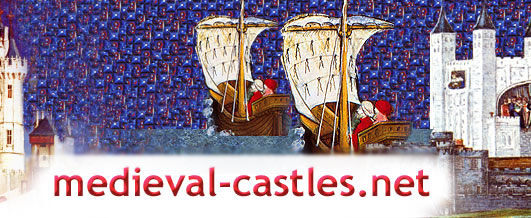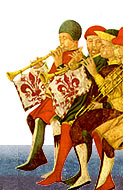Weddings in Castles
Medieval
Wedding Feasts
You've heard of the expression, "Food
fit for a King." Medieval wedding feasts featured more
food than most of the villagers would see for months. Wedding
feasts celebrated the day no matter the social class of the
bride and groom.
While choices were sometimes limited by
climate and availability of food, some of the medieval menus
may have included fowl, such as geese, capons, geese, chicken
and quail. Celebrants would also dine on meats such as beef,
lamb, and pork, while those living near bodies of water may
have feasted on herring, salmon, eels and fresh water fish.
Nobles and wealthier wedding parties pay the premium for large
quantities of milled flour and grain-based meals. Cheese,
butter and other dairy products could be seen on the wedding
feast table.
Guests may have feasted on other dishes
like oysters steamed in almond milk, spicy mulled wine, stewed
cabbage, and tarts and custards. Society at a medieval feast
rarely used utensils and would eat with their fingers. The
party lasted all night, and since little food could be preserved,
no one wanted to leave until all the food had been eaten.
While the castle lord, his family,
and selected guests of honor sat at a table on a dais, the
other wedding celebrants dined while seated at long tables
in the castle's Great Hall.
|
 |










